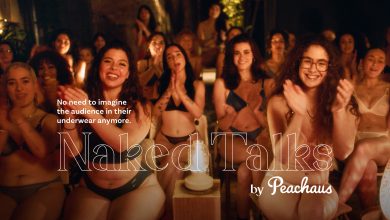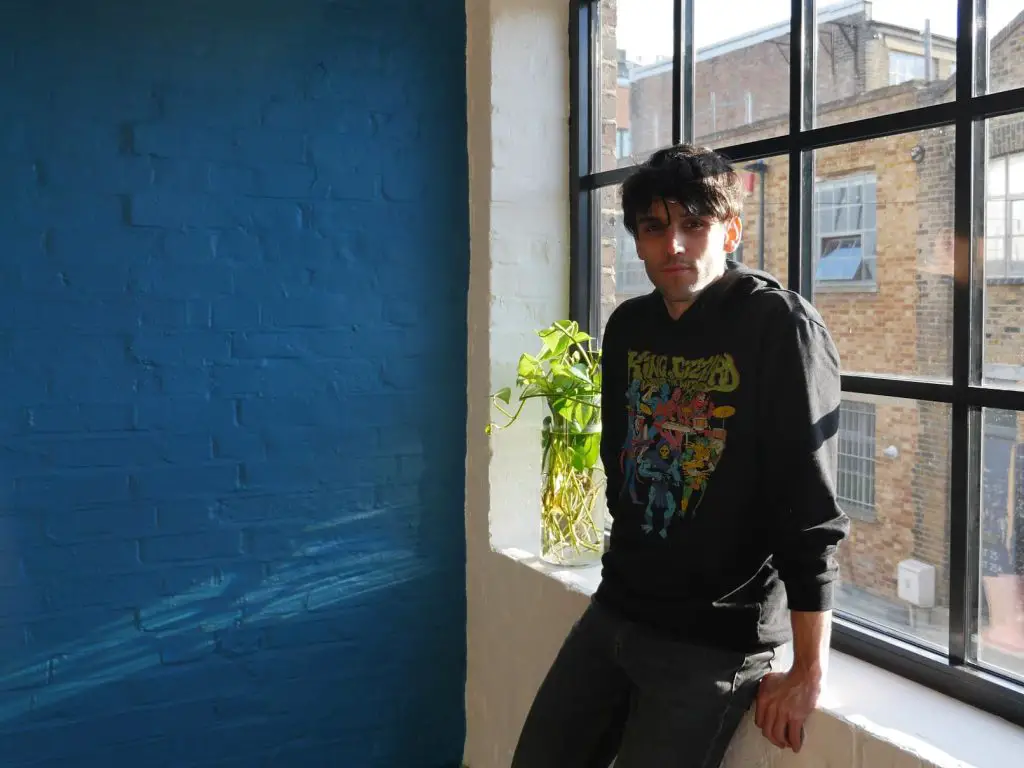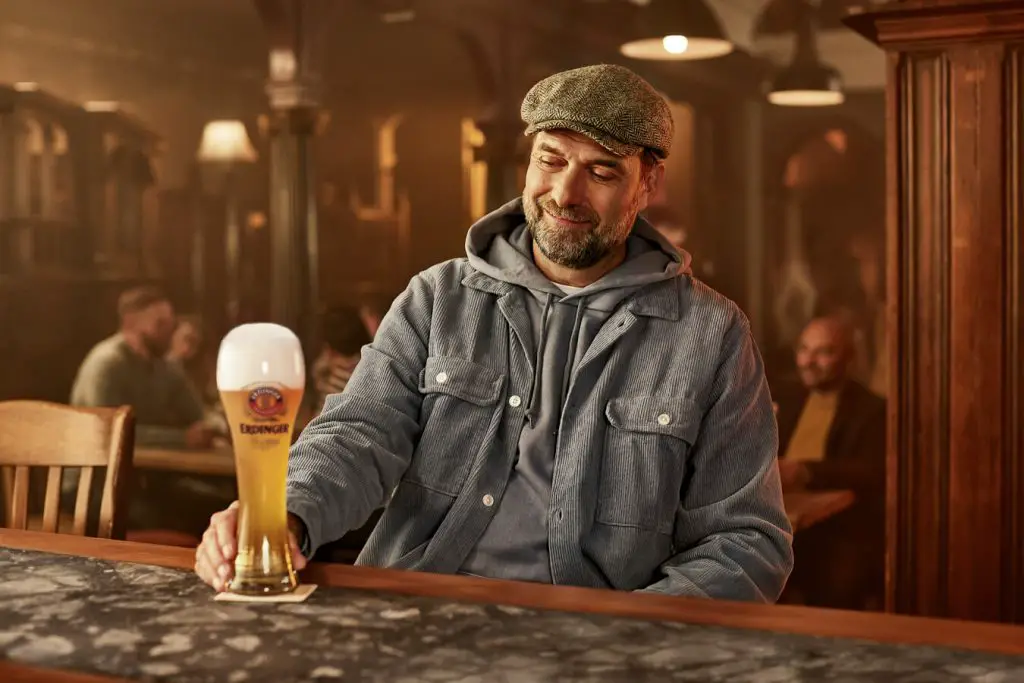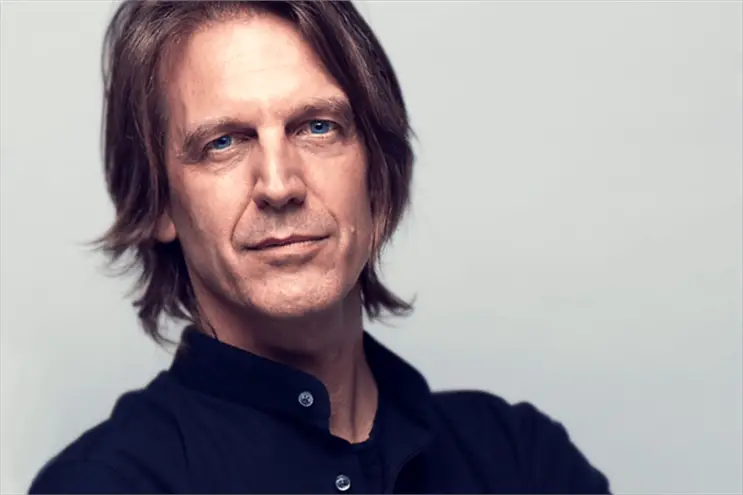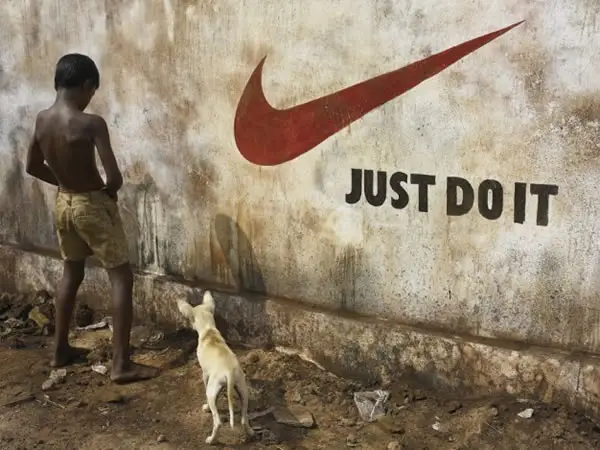Tomas Gianelli: is trend following the most timeless trend in advertising?
If you’ve been scrolling through social media lately, you’ve probably noticed the latest wave of minimalist, logo-less ads. They all play with the iconicity and visual cues of their brands, inviting the viewer to “complete the image.” It’s a clever use of visual language and, undeniably, a pretty cool power move.
Heinz riffed on its classic line referencing its food pairings.
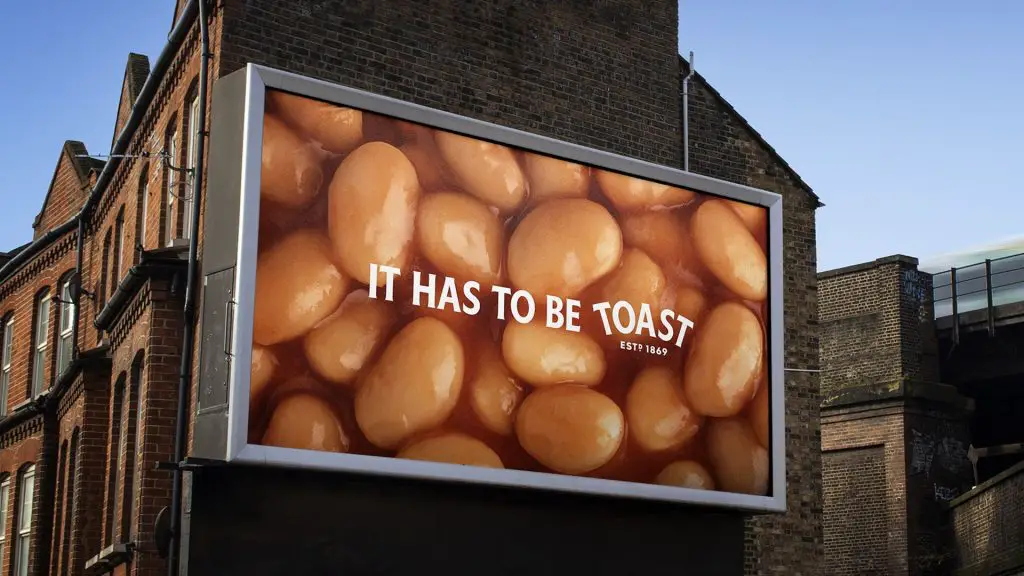
McDonald’s ran extreme close-ups of their burgers to promote a new breakfast menu.
Corona promoted just a lime on a white canvas. No bottle. No copy. Nothing.

Tesco rolled out billboards, replacing its brand name with fresh fruit and veg.
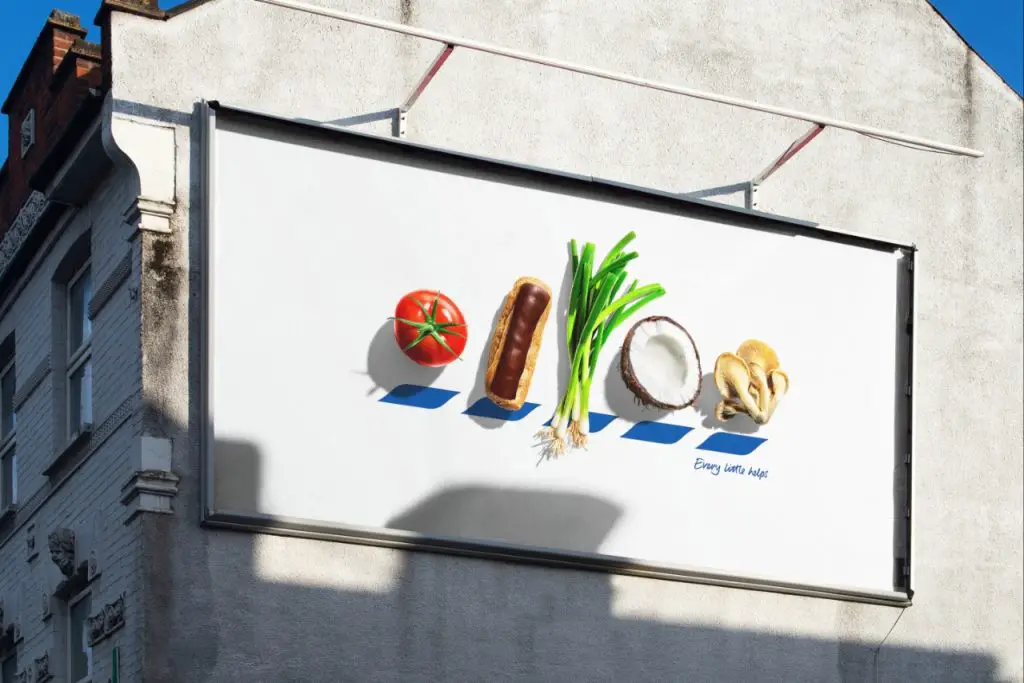
Maybe you’ve seen one.
Maybe you’ve seen all of them—stacked back-to-back on your feed.
A quick glance at this year’s Cannes Lions winners in the Print and Outdoor categories tells the story: minimalist ads dominated the competition. Lined up side by side, they shimmer with bronze, silver and gold. Corona, Stella Artois and Heinz to name a few.
And the question that naturally follows is:is following the trend the most timeless trend in advertising?
Now, it’s hard to write an opinion piece like this without sounding arrogant, preachy, or cynical. Let me be clear: these campaigns are brilliant. Beautifully designed. I am personally envious of them. On their own, they’re genius – crafted by some of the best agencies in the world.
But when you see them all together, it’s hard not to ask: How did so many end up following the same formula?
Of course, this isn’t new. A few years back, we were all doing the “animals expressing human feelings” thing.
A dog on a slide to show how at ease we feel when we’re with the right insurance company.
A turtle on roller skates to show how traveling by train should feel.
Or a goat on a glider to show how it feels to use the right network.
Go back further, and it was the vending machine craze. Coca-Cola’s brilliant Friendship Day stunt transformed a vending machine into a friends-powered game. The year after, everyone had a vending machine idea.
And on it goes.
So, here’s the next question: Are trends and creativity opposites?
The trend wave used to be annual, tied to festival calendars, but now, it’s been accelerated by our feeds. “The feed is feeding the beast!” turning trends into what feel like mandatory industry standards. Driven by validation and instant gratification, amplifying and accelerating certain aesthetics and formats, often at the cost of true originality.
According to the Oxford Dictionary, creativity is the use of skill and imagination to produce something new. That’s the whole point of our industry. We sell creativity. Trends, on the other hand, invite us to follow. To join something already defined. To use a formula, rather than write our own.
Of course, some brands, and the people behind them, aren’t playing this game at all. They’ve chosen a different path entirely, often sitting outside the usual marketing circles. Red Bull built one of the most iconic content engines in the world, yet its most groundbreaking work has never been submitted to an advertising festival.
Liquid Death has flipped the script on brand building, eschewing category norms, mocking traditional wellness branding, and growing an almost cult-like following without relying on conventional tactics. Look at Tesla, which famously doesn’t run ads.
Or MSCHF, the art collective-turned-brand, known for disruptive drops like Satan Shoes or a cologne that smells like WD-40, projects designed more for headlines than campaigns. Even Patagonia, while not loud or flashy, has stuck to its values so consistently that its quiet defiance has become its signature. These brands aren’t just following a trend, they’re following themselves and what they stand for.
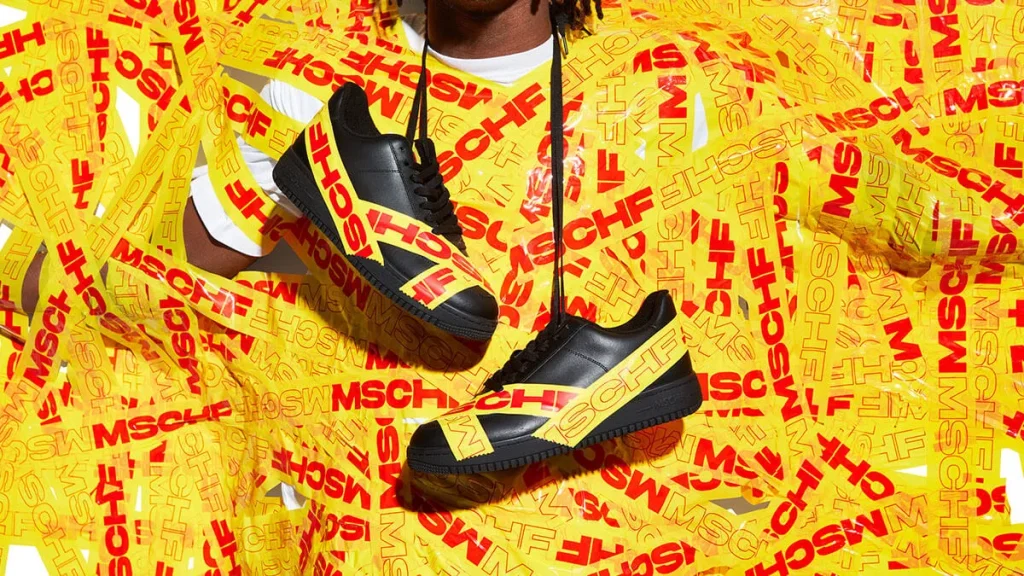
Maybe we’re afraid of missing out. Afraid of not being part of the conversation. Afraid of not having “one of those” in the portfolio. It’s warm and cozy in the trend wave. But we must resist.
If we’re serious about claiming “creativity” in the face of every trend, we have to ask ourselves: How can we disrupt the trend? How can we do the opposite? How can we not follow it? Even if it hurts.
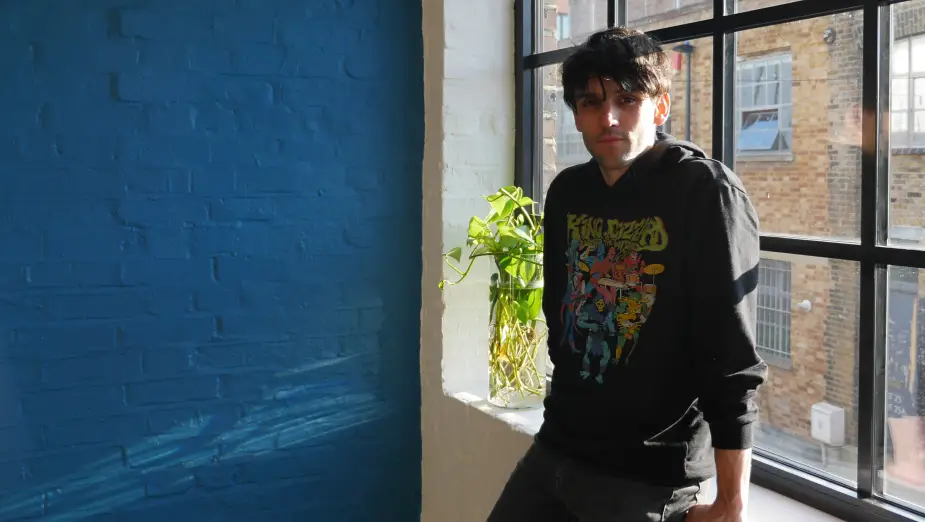
Tomas Gianelli is creative director, DUDE London.





